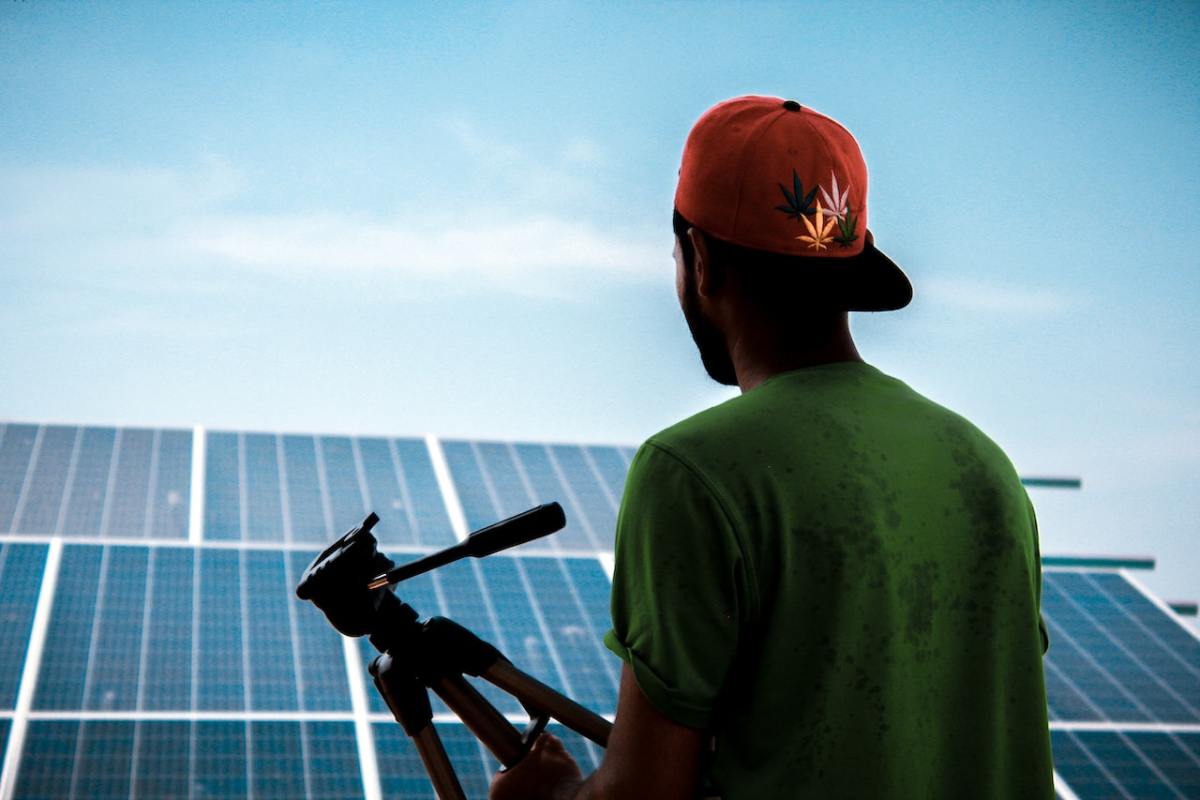Solar power is generated when sunlight hits photovoltaic cells and creates an electrical current. The cells are usually made of silicon, and they are found in solar panels. Solar panels are often used to power homes and businesses. They can also be used to generate electricity for the grid. Solar thermal energy uses the sun’s heat to create steam, which powers turbines and generates electricity. This type of solar power can be used to heat water for homes and businesses, or it can be used to generate electricity for the grid.
The Benefits of Solar Energy
Solar energy is an important part of sustainable power. Solar photovoltaic cells convert sunlight into electricity, and this technology is becoming more efficient and less expensive as time goes on. There are many benefits to solar energy, including the following:
The Drawbacks of Solar Energy
Solar energy is a renewable energy source that is becoming increasingly popular as the cost of traditional energy sources continues to rise. However, solar energy does have some drawbacks that should be considered before making the switch to this sustainable power source.
One of the biggest drawbacks of solar energy is that it is only effective when the sun is shining. This means that solar panels will not be able to generate electricity at night or on cloudy days. Solar panels also need to be positioned in a sunny location in order to be effective, which can be difficult or impossible for some homeowners. Another drawback of solar energy is that it can be expensive to install and maintain a solar panel system. Solar panels must be regularly cleaned and inspected in order to continue working properly, and repairs can be costly. Additionally, the initial cost of installing a solar panel system can be prohibitive for some homeowners.
The Future of Solar Energy
As the world looks for sustainable energy sources, solar power is becoming increasingly popular. Solar energy is a renewable resource that can be used to generate electricity and heat. Solar power is also more efficient and less expensive than other forms of energy generation. The future of solar energy is very bright. Solar panels are becoming more efficient and less expensive. The cost of generating electricity from solar power has fallen by 80% since 2010. In the next few years, solar power is expected to become the cheapest form of energy generation. Solar power is also becoming more popular as a way to heat homes and businesses. Solar thermal systems can use the sun’s energy to heat water or air. This technology is already being used in many parts of the world, and it’s expected to grow in popularity in the coming years. The future of solar energy is very bright.
Why Solar Energy is the Future of Sustainable Power
Solar power is the most sustainable form of energy available, and it’s only getting more efficient and less expensive as technology improves. Solar energy is a clean, renewable resource that can be used to generate electricity or heat water and air. It’s also becoming increasingly portable, so it can be used in a variety of settings, from homes to businesses to entire communities. There are many reasons why solar energy is the future of sustainable power. For one, it’s an inexhaustible resource—unlike fossil fuels, which are finite and will eventually run out. Solar energy is also environmentally friendly, emitting no greenhouse gases or other pollutants. And as solar technology continues to advance, it’s becoming more efficient and less expensive. The benefits of solar power make it a clear choice for a sustainable future.
Conclusion
Solar energy is one of the most promising forms of sustainable power. It is renewable, efficient, and environmentally friendly. In conclusion, solar energy is an excellent choice for the future of sustainable power. This content is accurate and true to the best of the author’s knowledge and is not meant to substitute for formal and individualized advice from a qualified professional. © 2022 Waseem Mushtaq
